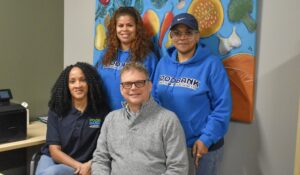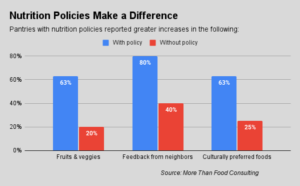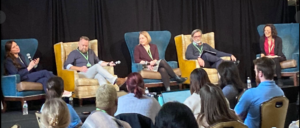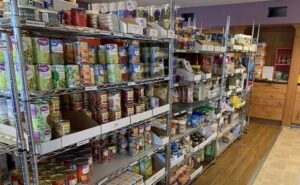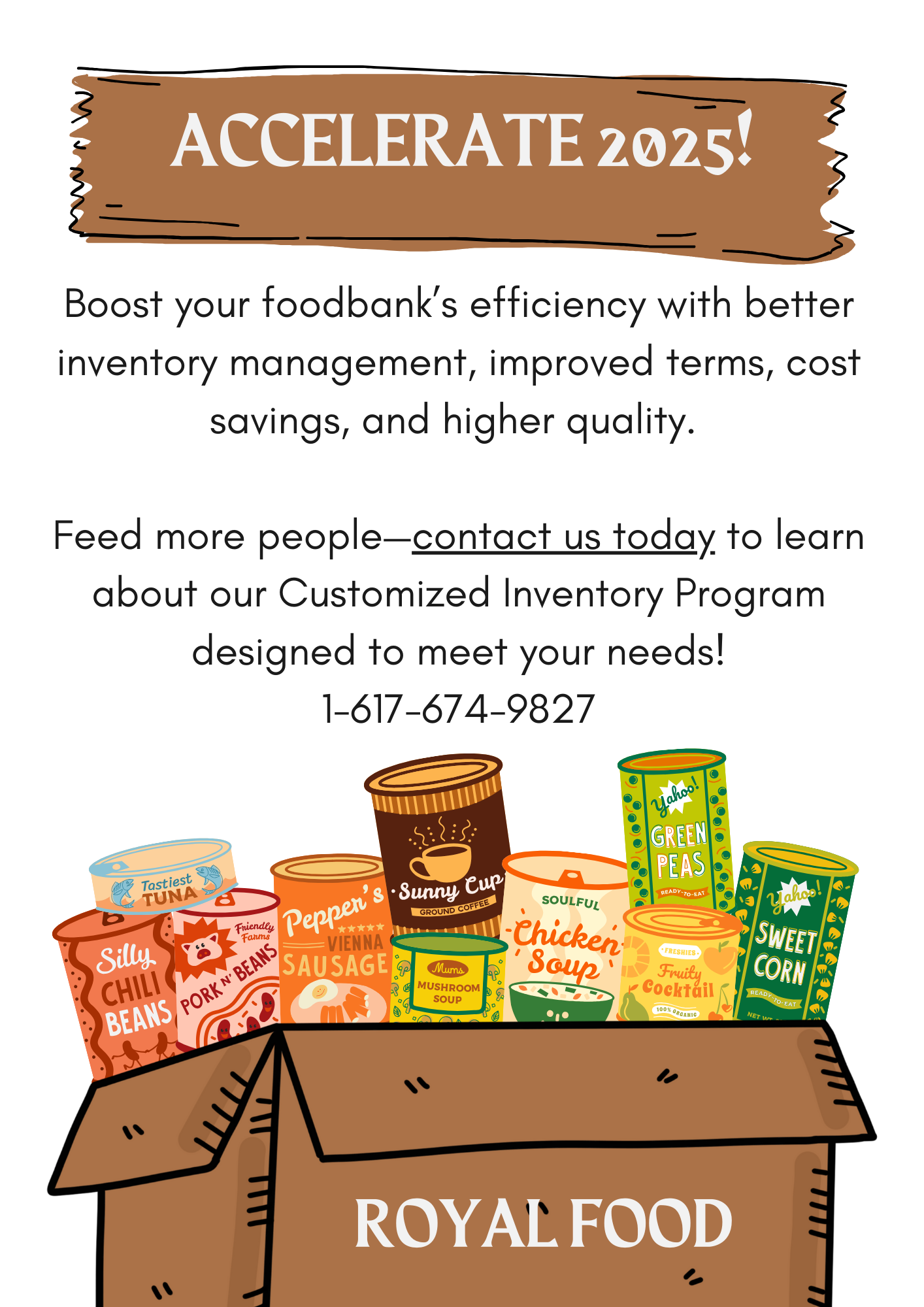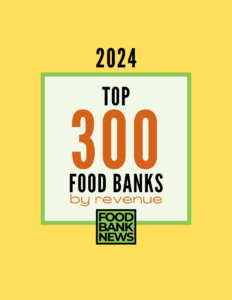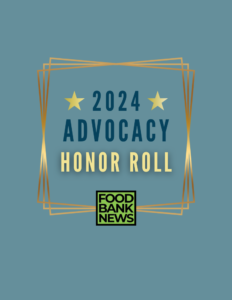There was a good amount of whiz-bang technology on display at the Food is Medicine Summit in Chicago this week. Sifter took the stage early on to demonstrate its digital shopping platform. Savor Health followed to talk about AI-powered nutrition assistance.
It was enough to make one wonder how nonprofit organizations would fit into a space that seems to prize technology so highly.
But it didn’t take long for the value of nonprofits to be widely acknowledged. Blue Cross NC Foundation may have done the best job of that when it opened up its Day 2 session with a big vote of confidence in the nonprofit sector. “Our belief is that community-based organizations are a critical partner in the Food is Medicine movement,” said Valerie Stewart, Director of Capacity Building and Leadership for Healthy Communities at Blue Cross NC Foundation.
Nonprofits have an outsized impact due to their strong community connections and long history of addressing the drivers of health, she said. “When a community based organization is involved, you get so much more than just a food box. We’re talking about building community and supporting local economies and addressing social isolation. It’s more than a transaction. It’s a relationship,” Stewart said.

The foundation’s strong viewpoint on the role of nonprofits was noteworthy, given the broad range of organizations getting involved in the still-new field of Food is Medicine. A diverse array of organizations surfaced the conference, including technology companies, venture capital firms, health care providers, food producers, health insurers, farmers, grocers, consumer research firms, physicians, health and wellness companies, government agencies, card technology providers, nonprofits, consumer packaged goods companies, meal providers, members of the hunger relief community and more.
Each of these segments has a viewpoint on how to direct the billions of dollars that potentially will become available as insurers begin reimbursing organizations for providing nutritious food and related services to people with diet-related disease. Just how Food is Medicine will pan out for all of these potential stakeholders is an open question.
Blue Cross NC Foundation wasn’t the only health plan to recognize the value of community based organizations. Sarah Elizabeth Morrow, Program Director of Clinical-Community Programs at UPMC Health Plan, said her job involved understanding and supporting community needs. “One of our roles as a health care system is really supporting the work of the community organizations,” she said.
Elise August, Director of Health Systems Innovation at Feeding America, outlined the qualities that nonprofits and food banks in particular bring to the table. She noted that food banks exist in every community and are trusted partners in those communities. In addition to providing food, they also increasingly offer access to wraparound services like housing and workforce development. Several food banks in the Feeding America network are also gathering quantitative data to help assess the impact of Food is Medicine programming on healthcare outcomes, working in partnership with Elevance Health Foundation and the Gretchen Swanson Center for Nutrition.
She underscored that food banks are “excellent partners in this work,” and should be valued as such. “We need sustainable investment in food banks to enable them to continue doing this work at scale,” she said.

August had agreement on that point, as Dr. John Lumpkin, President of Blue Cross NC Foundation, warned that healthcare cannot be “extractive” of nonprofits. “That’s a real challenge,” he noted. “We’re talking about healthcare plans paying their way.”
Community based organizations also need consideration when it comes to the technical requirements of working with the healthcare sector. “If we live in an environment where every health plan is trying to go to the CBOs and requiring a different system of data capture and IT infrastructure, we’re going to crush them,” said Austin Price, Director at Highmark Health. “We don’t want to create this massive regulatory regime that distracts from the mission of these organizations.”
Partnerships emerged as a key strategy for effective programming in Food is Medicine. Mark Walker, Chairman and CEO of Performance Kitchen, a provider of medically tailored meals, noted that the private market can’t compete with nonprofits when it comes to connecting with the community, creating the possibility for it to hire nonprofits to handle community engagement. “There’s a major place for nonprofits, but they have to be able to adjust and change with industry,” Walker said.
The importance of partnering was the main message of Gideon Adams, Vice President of Community Health & Engagement at the Food Bank of Central & Eastern North Carolina. “It’s going to take more than just one organization or even one sector to deal with this problem,” he said. “Probably everybody in this room can be involved with some caveats. But to a certain extent, we need to get over ourselves and understand that we have our limitations in what we can do and be vulnerable enough to say, ‘We need this.'” — Chris Costanzo
CAPTION FOR PHOTO ABOVE: Valerie Stewart of Blue Cross NC Foundation (left) sang the praises of nonprofit organizations and their executives in Food is Medicine, including the ones on stage with her: Donyel Barber of RAMS Kitchen and Henry Crews of Green Rural Redevelopment Organization.
Like what you’re reading?
Support Food Bank News

